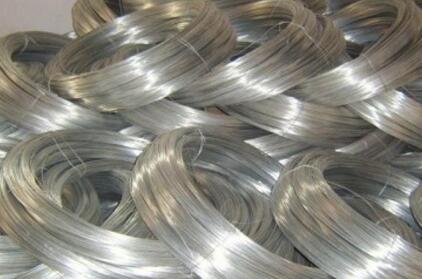Creating a Homemade Wire Trellis A Guide to Vertical Gardening
As urban living spaces become more compact, gardeners are continually seeking innovative ways to maximize their growing areas. One effective solution is utilizing vertical gardening methods, and a homemade wire trellis is a fantastic option for anyone looking to enhance their gardening experience. Not only does a trellis save space, but it also allows plants to grow upright, improving air circulation and sunlight exposure, which can lead to healthier plants and higher yields.
Materials Needed
Creating a wire trellis is simple and cost-effective. Here’s a list of the materials you'll need
1. Wire - Galvanized wire is durable and resistant to rust, making it ideal for outdoor use. A gauge of 14 to 16 is recommended for strength. 2. Trellis Posts - You can use wooden stakes, metal rebar, or any sturdy vertical support. 3. Wire Cutters - A sharp pair of wire cutters will help you achieve clean cuts. 4. Measuring Tape - Accurate measurements are essential for the success of your trellis. 5. Drill (optional) - If you’re using wooden posts, a drill can help create holes for easier setup. 6. Zip Ties or Clamps - These will help secure the wire to the posts.
Steps to Build Your Trellis
1. Determine the Location Choose a sunny spot with sufficient space for your plants to grow. Consider proximity to your vegetable beds or flower pots.
homemade wire trellis

2. Set the Posts Depending on the height of the trellis you want, sink your posts into the ground or secure them to a wall or fence. A height of 4-6 feet is usually sufficient for most climbing plants.
3. Measure and Cut the Wire Measure the distance between the posts and cut lengths of wire accordingly. You'll want multiple horizontal lines, spaced about 12-18 inches apart, allowing the plants ample room to grow.
4. Attach the Wire Starting at the bottom, use zip ties or clamps to secure the wire to each post. Pull the wire taut to ensure it can support the weight of the plants without sagging.
5. Train Your Plants As your plants grow, gently guide their stems to the trellis. You can use additional ties or clips to help them latch onto the wire. Plants like tomatoes, cucumbers, and peas thrive when trained vertically.
Benefits of a Wire Trellis
The advantages of using a wire trellis extend beyond aesthetic appeal. Vertical growing helps save ground space, promotes air circulation to reduce disease, and simplifies the harvesting process. Additionally, it can deter pests that typically thrive at ground level.
In conclusion, building a homemade wire trellis is an attainable project that can revolutionize your gardening experience. Its simplicity and effectiveness make it an ideal choice for both novice and experienced gardeners. With just a few materials and some effort, you can transform vertical space into a thriving garden, maximizing your yield while enhancing the beauty of your outdoor space. Happy gardening!

















